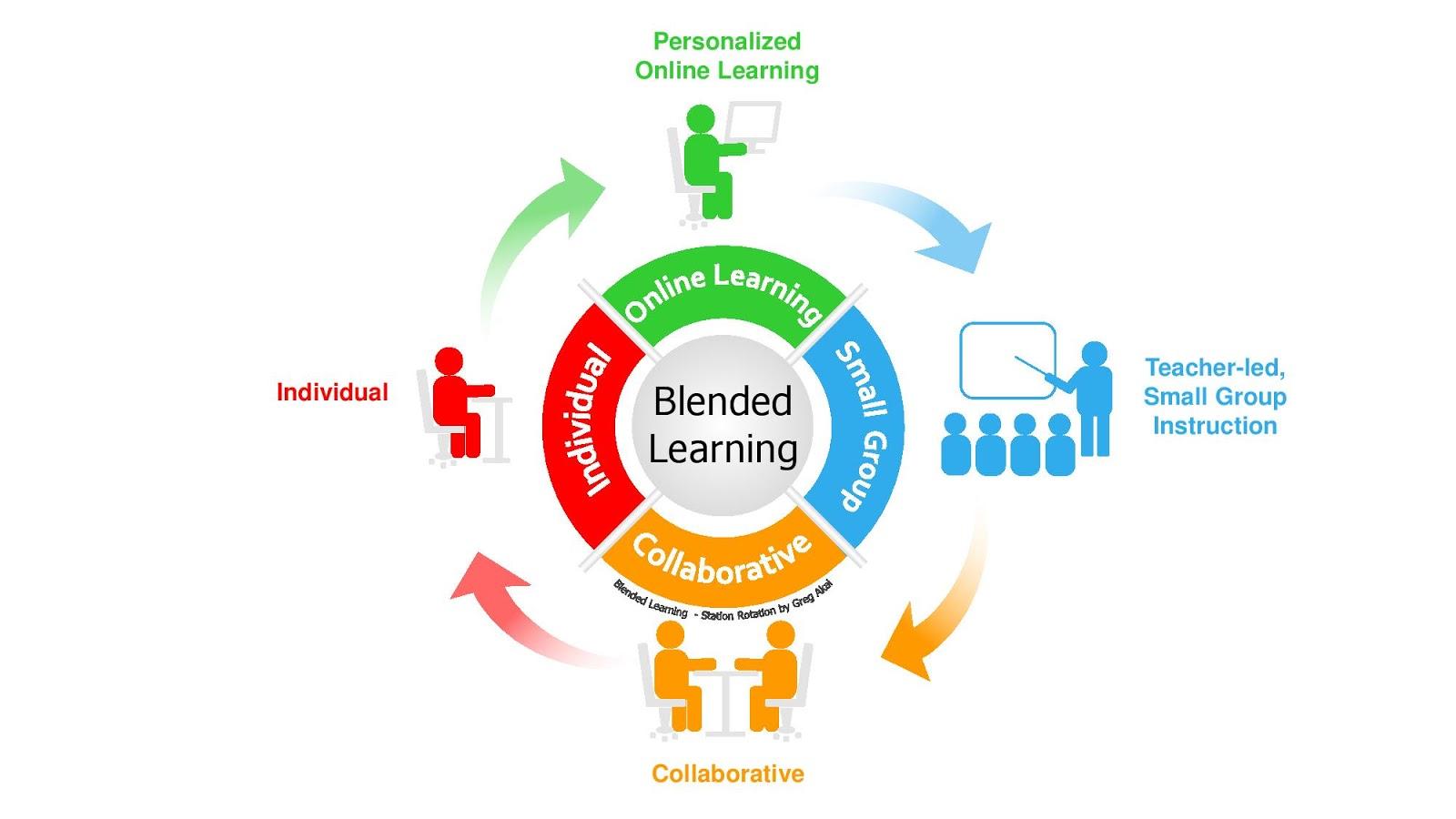Market Overview:
The Blended Learning Market trends has emerged as a significant segment within the broader education technology landscape, combining traditional face-to-face classroom methods with online digital media. This hybrid approach allows for a more flexible and personalized learning experience, catering to diverse learning styles and preferences. The global blended learning market was valued at approximately $22.3 billion in 2023 and is projected to grow at a compound annual growth rate (CAGR) of around 10.50% over the next five years. Factors contributing to this growth include the increasing adoption of e-learning technologies, the rising demand for personalized education solutions, and the need for cost-effective training programs across various sectors.
Market Key Players:
Several key players are shaping the blended learning market landscape. Prominent companies include Blackboard Inc., Pearson Education, McGraw-Hill Education, and Coursera. These organizations offer a range of products and services that facilitate blended learning environments, such as Learning Management Systems (LMS), educational content, and analytics tools. Additionally, startups like Edmodo and Schoology are gaining traction by providing innovative solutions tailored to specific educational needs. The competitive landscape is characterized by strategic partnerships, mergers, acquisitions, and continuous investment in research and development to enhance product offerings.
[PDF Brochure] Request for Sample Report:
https://www.marketresearchfuture.com/sample_request/20301
Market Segmentation:
The blended learning market can be segmented based on various criteria including delivery mode, end-user, and geography. In terms of delivery mode, it can be categorized into synchronous (real-time interaction) and asynchronous (self-paced learning). The end-user segmentation includes K-12 education institutions, higher education institutions, corporate training programs, and government organizations. Geographically, the market is divided into North America, Europe, Asia-Pacific, Latin America, and the Middle East & Africa. Each region exhibits unique characteristics influenced by local educational policies, technological infrastructure, and cultural attitudes towards blended learning.
Market Drivers:
Several factors are driving the growth of the blended learning market. Firstly, the increasing penetration of internet connectivity globally has made online resources more accessible to learners from various backgrounds. Secondly, there is a growing recognition among educators about the effectiveness of blended learning in improving student engagement and outcomes. Thirdly, organizations are increasingly adopting blended training programs as they seek to reduce costs associated with traditional training methods while enhancing employee skills through flexible learning options. Furthermore, advancements in technology such as artificial intelligence (AI) and machine learning are enabling more personalized learning experiences that cater to individual learner needs.
Market Opportunities:
The blended learning market presents numerous opportunities for stakeholders involved in education technology. With an increasing focus on lifelong learning driven by rapid technological changes in various industries, there is a growing demand for upskilling and reskilling initiatives that can be effectively delivered through blended formats. Moreover, emerging markets in Asia-Pacific and Latin America present untapped potential due to their expanding middle class seeking quality education solutions. Additionally, partnerships between educational institutions and technology providers can lead to innovative product offerings that enhance user experience while addressing specific educational challenges.
Regional Analysis:
North America currently holds a significant share of the global blended learning market due to its advanced technological infrastructure and high adoption rates of e-learning solutions among educational institutions and corporations alike. However, Asia-Pacific is anticipated to witness substantial growth during the forecast period owing to increasing investments in education technology by governments in countries like China and India aimed at improving access to quality education. Europe also represents a key region with established players focusing on compliance with regulatory standards while integrating new technologies into their offerings.
Industry Updates:
Recent developments within the blended learning sector highlight ongoing innovations aimed at enhancing user engagement through immersive technologies such as virtual reality (VR) and augmented reality (AR). Educational institutions are increasingly incorporating these technologies into their curricula to provide interactive experiences that complement traditional teaching methods. Additionally, many organizations are leveraging data analytics tools to track learner progress effectively while personalizing content delivery based on individual performance metrics. As remote work becomes more prevalent post-pandemic trends continue influencing how educational content is delivered across various sectors.
Get Complete Report Details:
https://www.marketresearchfuture.com/reports/blended-learning-market-20301

